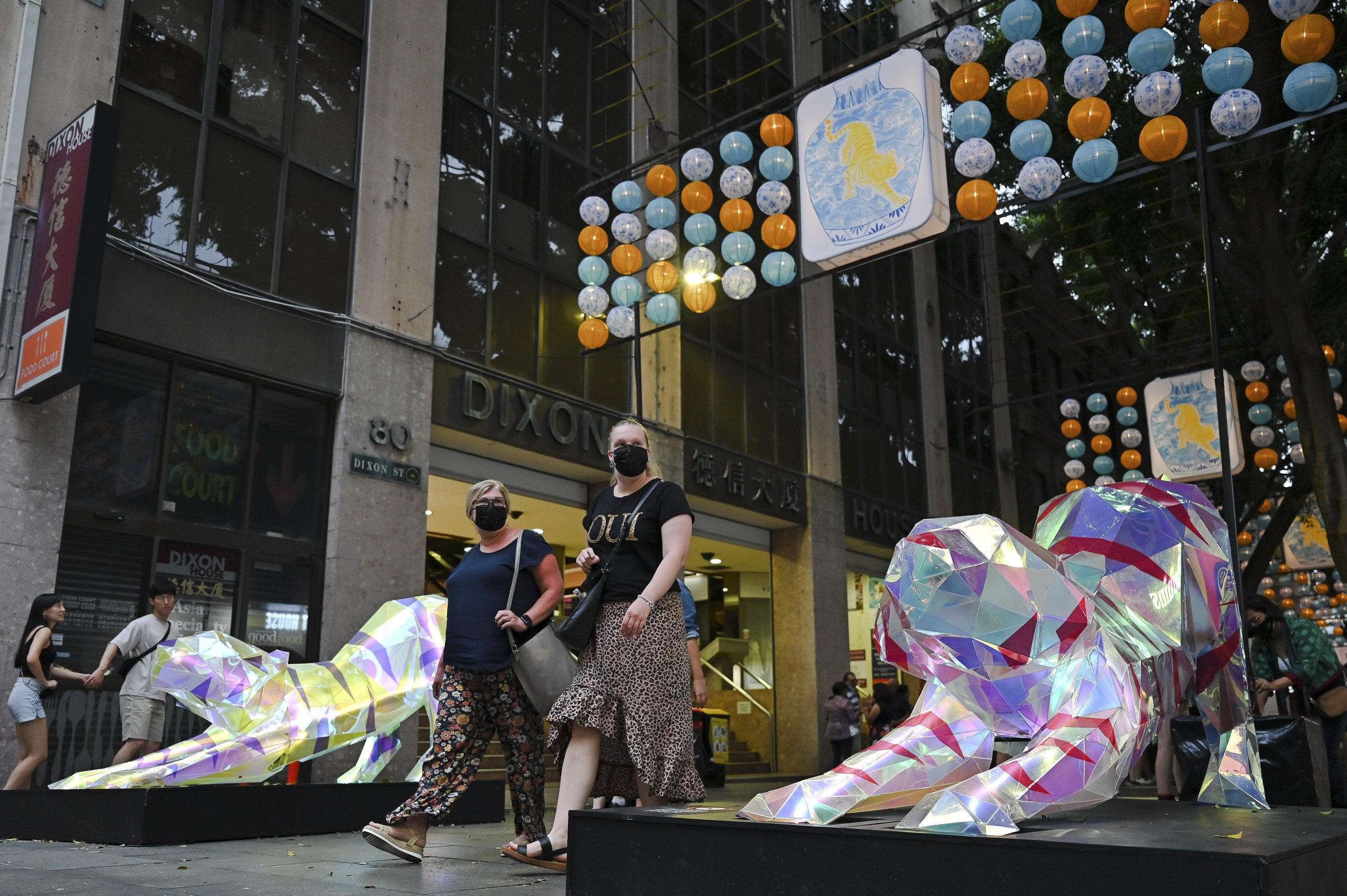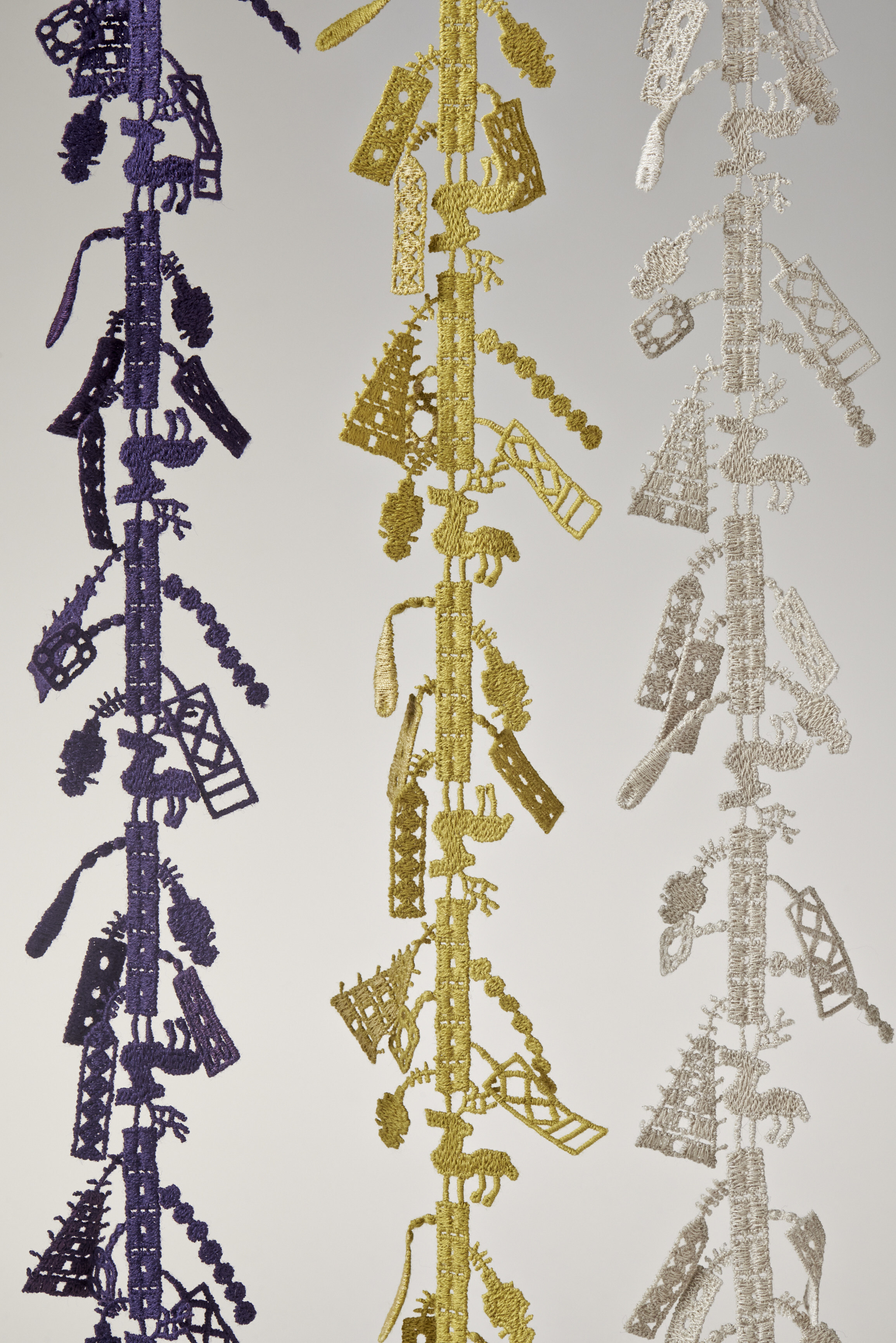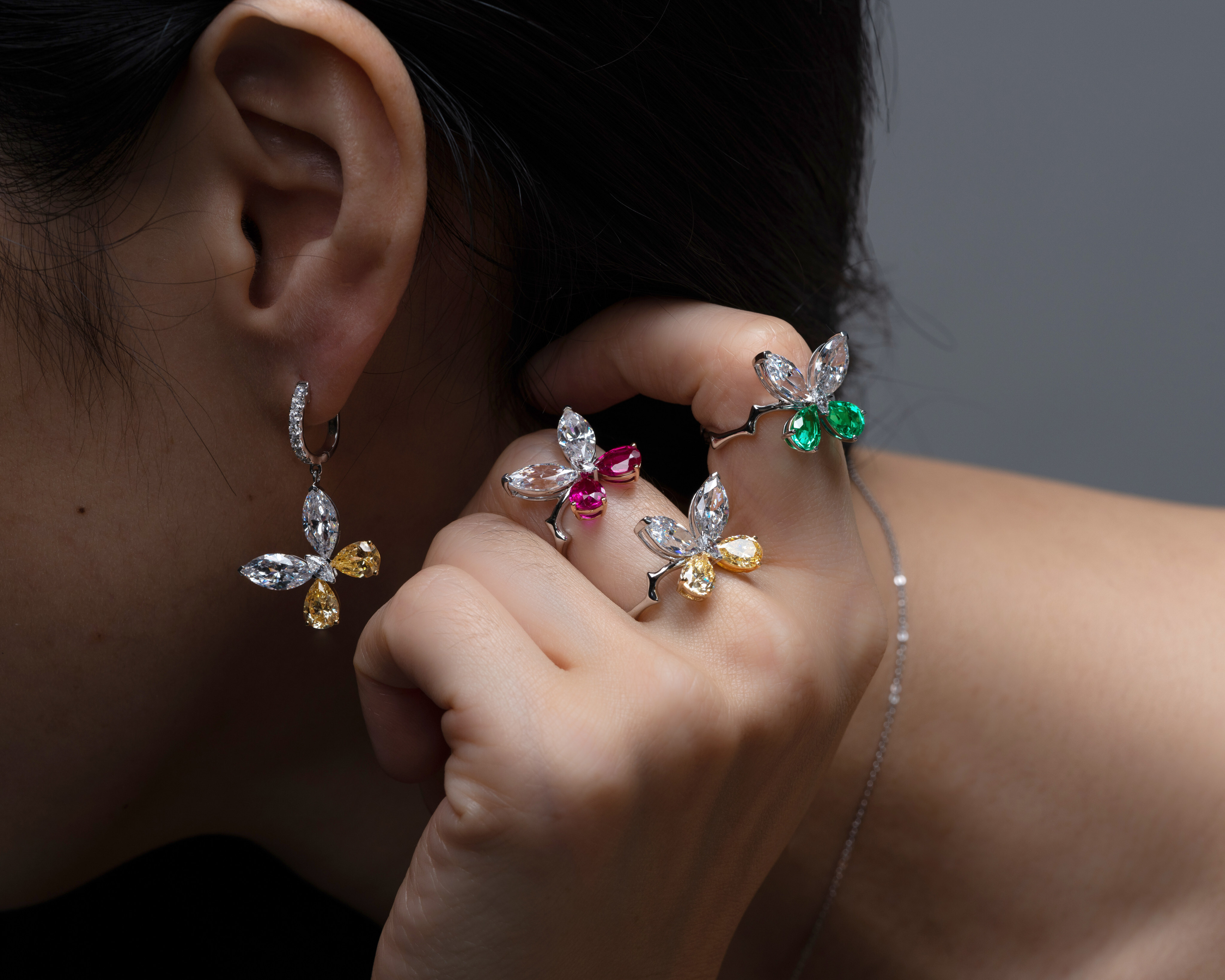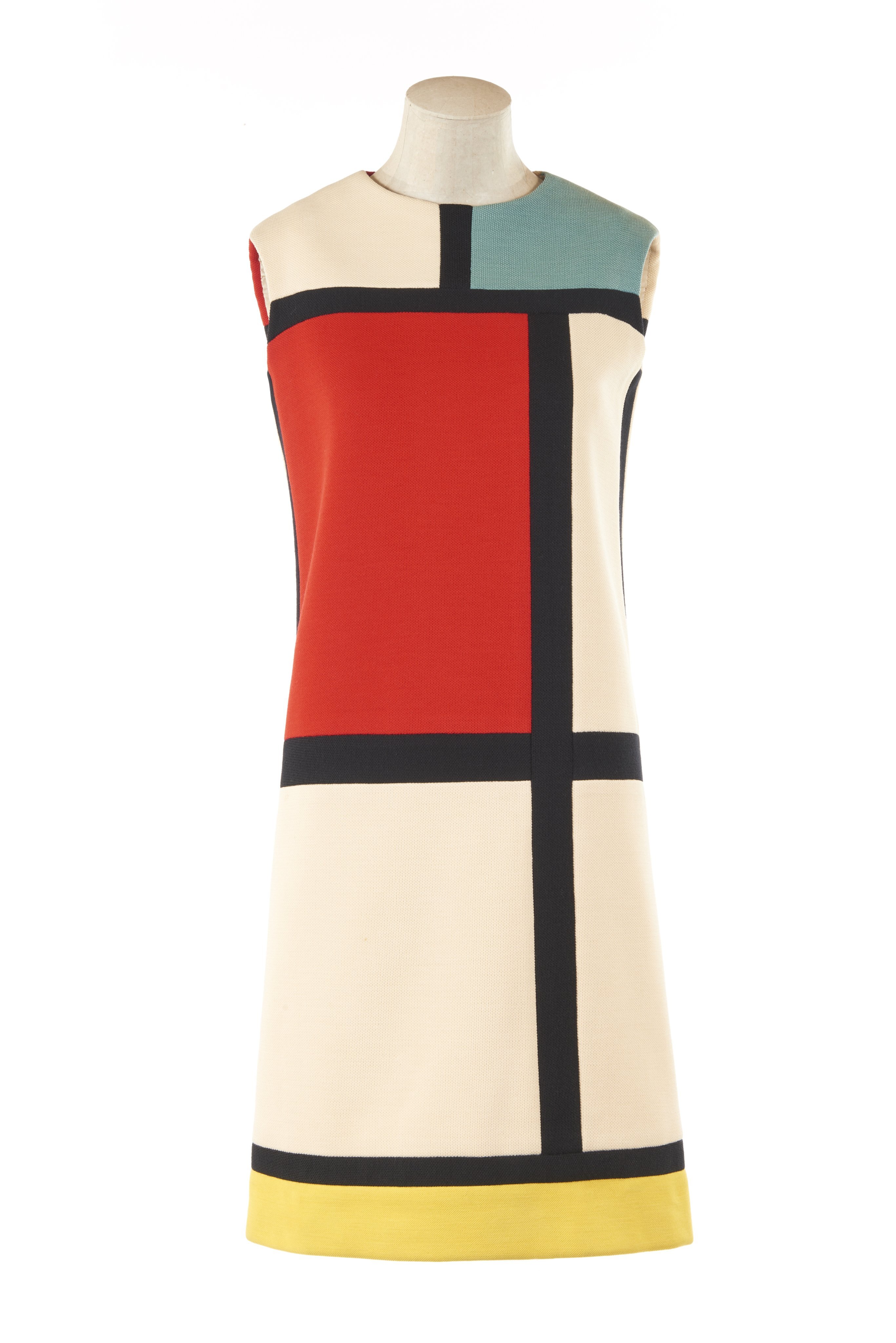Reflections | How colours in Chinese culture can still strike a nerve despite evolving traditions
- Sydney’s Chinatown community criticised the blue and white decorations used by the city for Lunar New Year, which are associated with death and mourning
- Other ‘mourning colours’ in Chinese history include various shades of beige, dark blue or black, depending on the region or linguistic group

In January, the local city council decorated Sydney’s Chinatown with white and blue lanterns, and wrapped trees with white cloth, as part of its Lunar New Year celebrations. The local Chinese-Australian community did not take too kindly to the decorations. As many Chinese associate the colours white and blue with death and mourning, what should have been festive became funereal.
I mentioned recently in this column about constant negotiations around traditions. It is the same with colours that are deemed taboo for important occasions. For instance, why is it that nobody today would reprimand a Chinese bride for wearing white from head to toe? Isn’t white the colour of mourning? What a terrible and unlucky colour for the biggest and happiest day of one’s life! Should blue-and-white chinaware be used on happy occasions such as weddings and birthdays?
Coloured clothing was not readily available to ordinary people in ancient China because it was difficult to produce dyes and the dyeing process was expensive. Therefore, only members of the elite, such as royalty, aristocrats, nobles, officials and their families could afford clothes in coloured fabrics. Commoners wore undyed clothing which, depending on the material, could be brown, beige or white.
It was not until the middle imperial period from the Tang to Song dynasties (618-1279), during which China saw great leaps in economic and technological developments, that dyeing technology and dyed fabrics became much more accessible.
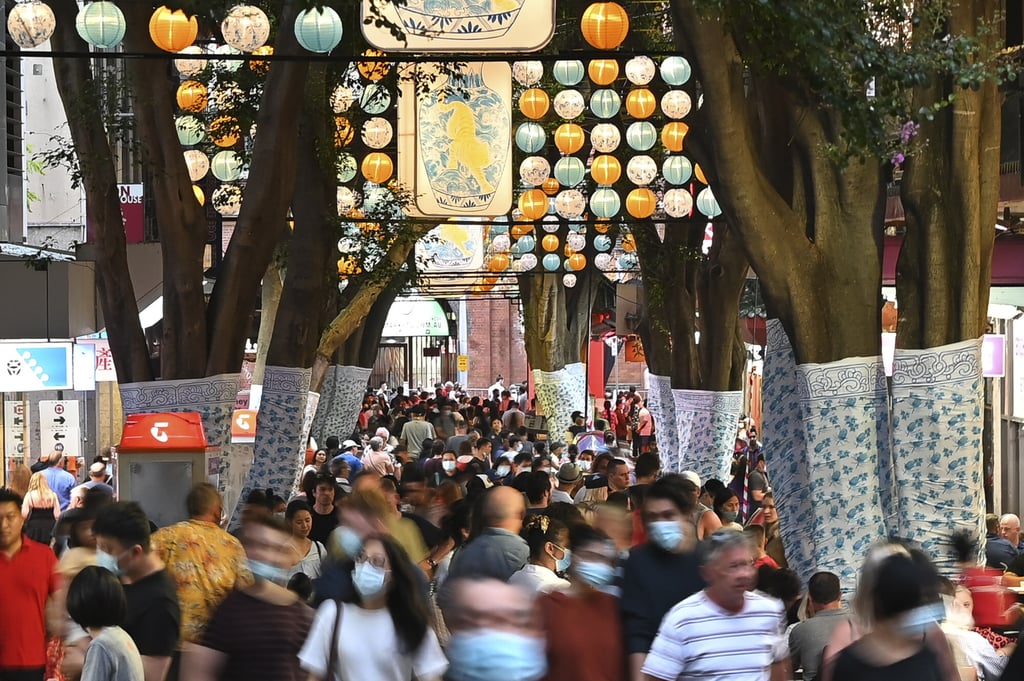
From then on, those who did not belong to the elite classes began to wear coloured clothing in addition to their plain, undyed ones, though there were sumptuary laws that prohibited them from wearing certain colours (for example, the imperial yellow reserved for members of the imperial family).




